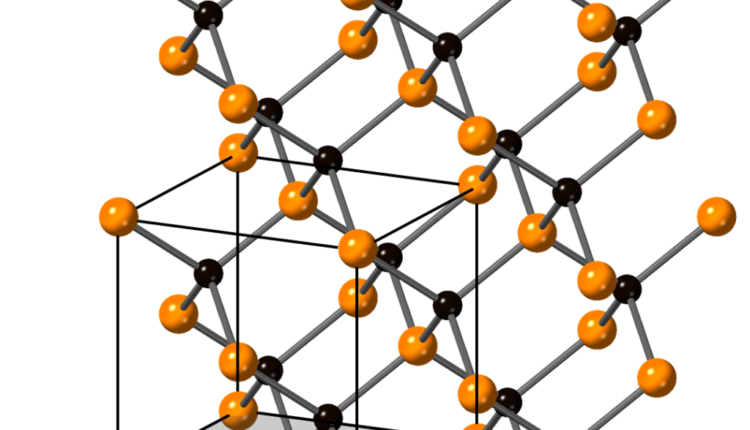Unveiling Graphene: From Two-Dimensional Wonder to Three-Dimensional Breakthrough
In the realm of materials science, graphene – often called the world’s first two-dimensional (2D) material – is making waves. This breakthrough discovery, the thickness of a single graphene layer, has opened doors to a new class of 2D materials, promising significant advancements in the fields of electronics, semiconductors, and beyond.

What is Graphene?
Graphene, based on 2D materials, is a naturally occurring form of carbon made up of a single layer of carbon atoms arranged in a honeycomb structure. Each atom in this lattice is part of a flat sheet of atoms with very little depth, bestowing graphene with its 2D characteristics. Its uses are wide-ranging and recently, a study from the Queen Mary University of London revealed graphene could even act as a barrier against mosquito bites.

Graphene: A Two-Dimensional Marvel
Among 2D materials, graphene stands out for its impressive properties. It’s stronger than steel, flexible and transparent, and boasts the highest known thermal and electrical conductivity. These properties stem from the unique atomic arrangement of graphene layers and contribute to the potential applications of this “wonder material”.
Graphene and 2D materials like hexagonal boron nitride, transition metal dichalcogenides, and molybdenum disulfide create a heterostructure, enabling the development of two-dimensional field effect transistors, a technology that could replace silicon chips in CMOS technology. This demonstrates the far-reaching implications of 2D materials in the realm of semiconducting and beyond.
Graphene’s Third Dimension: Not Just a 2D Material
Interestingly, graphene is not confined to being a 2D material. According to a new study, graphene is 3D as well, meaning it has three-dimensional properties similar to graphite. Understanding this 3D material is important for understanding its mechanical properties and for developing novel graphene-based devices.
This perspective is bolstered by the lead author’s assertion that the thickness of the graphene block divided by 100 is significantly thicker than is widely believed. This suggests that it’s reasonable to consider graphene a 3D material as well, with many of the same mechanical properties as 3D graphite.
Creating Graphene and Beyond
Graphene is typically obtained from graphite through a process called exfoliation. Alternatively, chemical vapor deposition can produce high-quality monolayer graphene. The challenges that need addressing are associated with manufacturing and transitioning from silicon to graphene-like graphene, and 2D transition metal dichalcogenides.
Recently, scientists have started experimenting with other materials like boron nitride and molybdenum disulfide to create so-called 2D materials, heralding the era of “beyond graphene”.
Conclusion: Graphene’s Future in Science and Technology
The story of graphene is one of revolution. From its discovery as a two-dimensional marvel to its unexpected characteristics in the third dimension, graphene continues to challenge our understanding of materials science. With further research and development, we might see an entirely new world of technology driven by graphene and the promising future of 2D materials.




Comments are closed.